
Fundamentals
The very concept of Follicle Regeneration, in its most elemental sense, refers to the natural, cyclical process by which hair follicles, the minute organs nestled within our scalp, renew themselves and produce new hair strands. It is a continuous dance of growth, rest, and renewal, a profound biological statement of life’s persistence. For those with textured hair, this fundamental process holds a unique significance, deeply interwoven with the very story of their heritage. It is not merely a biological function; it is a legacy.
From the initial sprouting of a new strand, a delicate yet powerful event, the follicle orchestrates the hair’s journey. Each hair follicle contains stem cells, the architects of this renewal, which periodically activate to initiate a new anagen (growth) phase after a telogen (resting) period, or following a shed. This inherent capacity for renewal speaks to the resilience embedded within our very being. The Follicle Regeneration, at its simplest interpretation, is the scalp’s ongoing commitment to hair production, a commitment that has sustained generations through diverse environments and historical circumstances.
Follicle Regeneration represents the scalp’s inherent capacity for cyclical renewal, a biological rhythm that has sustained hair growth across generations and diverse textured hair legacies.
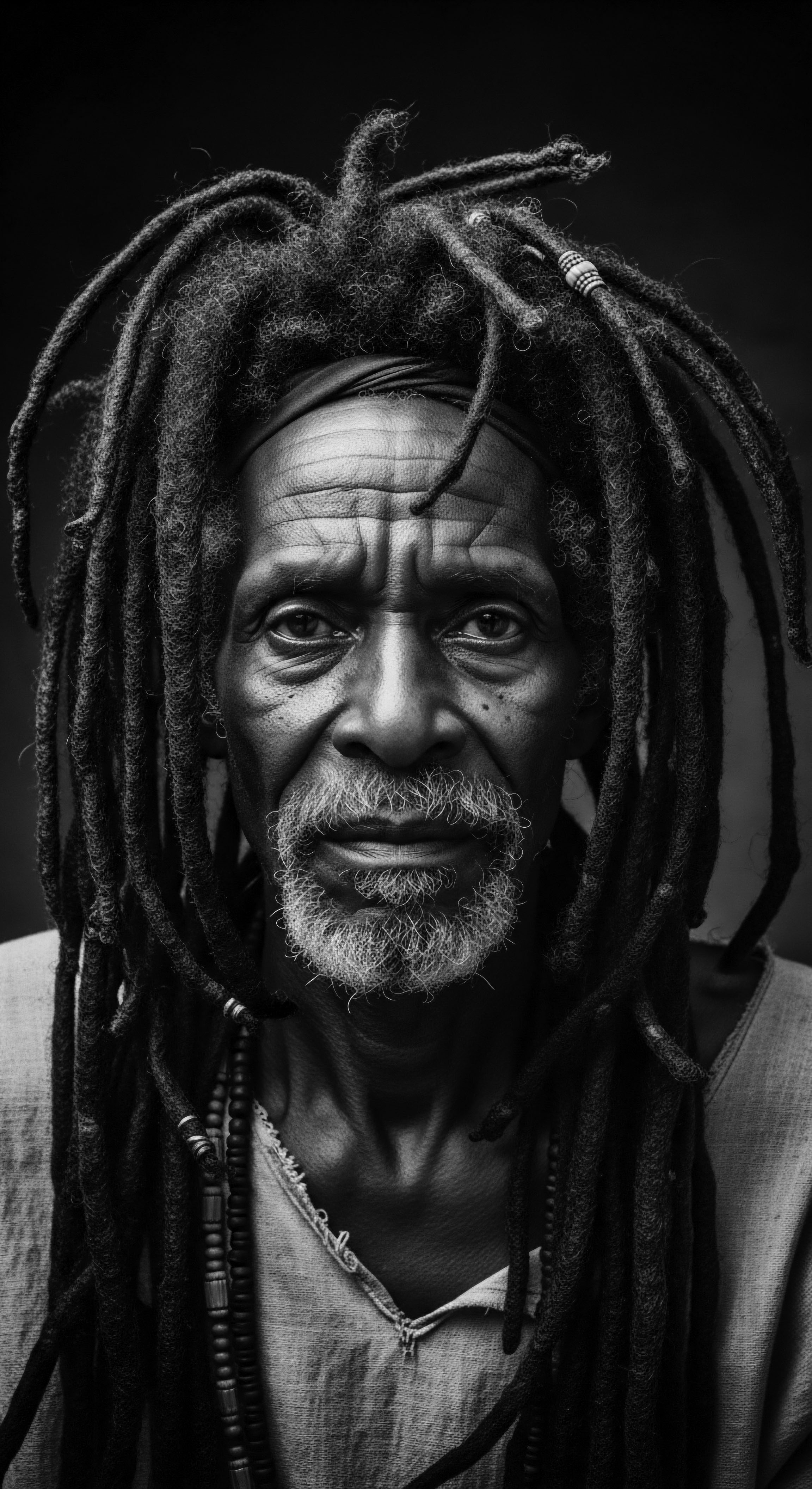
The Ancestral Echoes of Renewal
Across ancestral traditions, the understanding of hair’s cyclical nature, though perhaps not articulated in modern scientific terms, was deeply intuitive. Communities observed the ebb and flow of hair’s vitality, recognizing periods of shedding and subsequent regrowth. This observation shaped countless care rituals, often centered on creating an environment conducive to hair’s continued flourishing. The focus was not solely on the visible strand but on the very foundation from which it sprang – the scalp, the root, the unseen wellspring of life.
Consider the ancient practices of scalp oiling prevalent across various African and diasporic communities. These were not mere cosmetic acts. They were deliberate applications of botanicals and emollients designed to nourish the scalp, soothe irritation, and, in doing so, support the follicle’s ability to perform its regenerative duties. The rich heritage of using natural ingredients, passed down through oral tradition and hands-on teaching, often aimed to maintain a healthy scalp microbiome and adequate circulation, both factors now understood to be vital for robust follicular activity.
The communal act of hair care, a cornerstone of many Black and mixed-race hair traditions, further underscores this intuitive understanding. Sitting between a loved one’s knees, feeling the gentle yet firm strokes of a comb or the rhythmic massage of fingers applying a concoction, was a ritual of nurturing. This tender engagement, while fostering familial bonds, also stimulated blood flow to the scalp, an action recognized today as directly beneficial for supplying nutrients to the hair follicles and encouraging their regenerative cycles.
- Scalp Massage ❉ A practice observed in many ancestral traditions, stimulating blood flow to the scalp, thereby nourishing the hair follicles and supporting their regenerative capacity.
- Herbal Infusions ❉ The use of specific plants, often steeped in oils or waters, to deliver beneficial compounds directly to the scalp, historically understood to invigorate hair growth.
- Protective Styling ❉ Techniques like braiding and twisting, which minimized external stress on the hair and scalp, allowing follicles to rest and recover, promoting sustained regeneration over time.
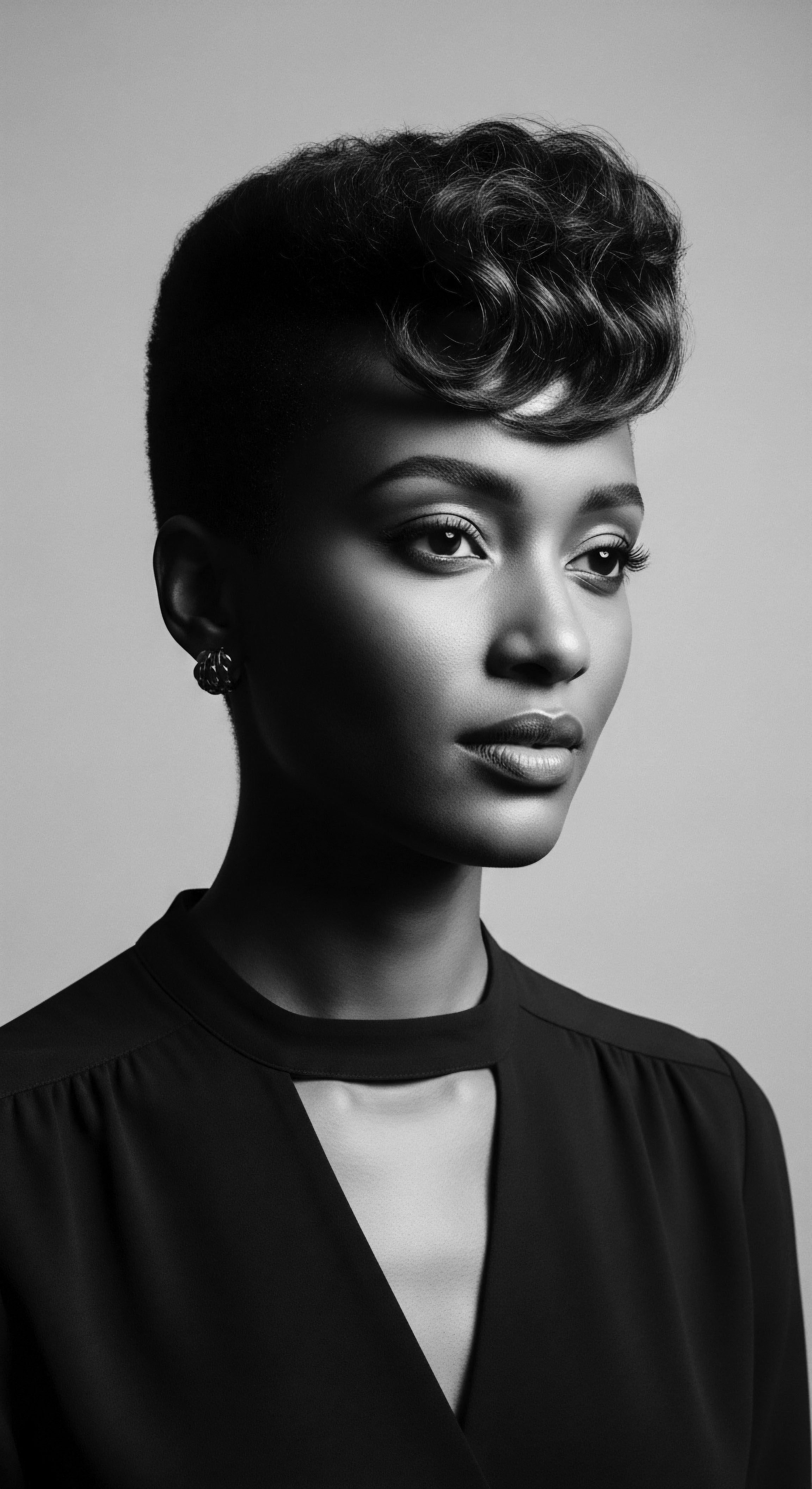
Intermediate
Moving beyond the foundational concept, Follicle Regeneration involves a complex interplay of cellular signals, growth factors, and environmental influences that dictate the rhythm of hair production. It is a sophisticated biological ballet, a testament to the body’s remarkable capacity for self-renewal. For textured hair, this process carries additional layers of consideration, influenced by the unique structural characteristics of the hair shaft and the often-demanding history of its care. The very definition of Follicle Regeneration here expands to encompass the resilience required to maintain hair health amidst external pressures and internal biological cues.
The hair follicle is a dynamic mini-organ, cycling through three primary phases ❉ the Anagen Phase, a period of active growth where cells divide rapidly to form the hair shaft; the Catagen Phase, a brief transitional period where growth ceases and the follicle shrinks; and the Telogen Phase, a resting period where the hair is shed, and the follicle prepares for a new cycle. Understanding this intricate dance provides a clearer delineation of how intervention, whether traditional or modern, can support or disrupt this natural cadence.
Follicle Regeneration is a dynamic cellular ballet, cycling through growth, transition, and rest, a rhythm deeply influenced by both intrinsic biological factors and the external care rituals passed through generations.

The Tender Thread ❉ Cultivating Regeneration through Heritage
The wisdom of ancestral hair care, often dismissed in the past as mere folklore, is now increasingly recognized for its profound scientific underpinnings. Many traditional practices intuitively supported the conditions conducive to optimal Follicle Regeneration. The intention behind these rituals was clear ❉ to maintain scalp vitality, minimize breakage, and promote the continuous flourishing of hair, an outward manifestation of inner strength and cultural pride. This heritage-informed understanding of Follicle Regeneration speaks to a holistic approach to wellness.
Consider the widespread use of certain plant-based oils and butters across African diasporic communities. Shea butter, for instance, a staple in many West African hair traditions, provides deep moisturization and acts as a protective barrier. While its direct effect on stem cell activity might not have been known, its capacity to soothe irritated scalps and prevent dryness creates an optimal environment for follicular health, allowing the regeneration cycle to proceed unhindered. The practical explication of these traditions reveals a deep, generational understanding of botanical properties.
Another compelling instance lies in the historical emphasis on protective styling. Braids, twists, and locs, beyond their aesthetic and social significance, served a crucial purpose in minimizing daily manipulation and exposure to environmental aggressors. By reducing tension and friction on the hair shaft and scalp, these styles allowed the follicles to rest and recover, preventing damage that could impede their regenerative capacity. This intentional care, passed down through generations, highlights a profound sense of stewardship over one’s hair and its roots.
| Traditional Practice Scalp Oiling with Botanical Extracts |
| Cultural Context / Heritage Common across various African and Caribbean cultures, often using oils infused with herbs like neem, rosemary, or fenugreek. |
| Contemporary Link to Follicle Regeneration These practices improve scalp circulation, deliver anti-inflammatory and antioxidant compounds, and create a healthy microbial environment, all vital for robust follicular function. |
| Traditional Practice Protective Styling (Braids, Twists, Locs) |
| Cultural Context / Heritage Ubiquitous in Black and mixed-race communities for aesthetic, social, and practical reasons, passed down through familial lines. |
| Contemporary Link to Follicle Regeneration Minimizes physical stress on follicles, reduces breakage, and allows for periods of rest and repair, thereby preserving the follicle's long-term regenerative potential. |
| Traditional Practice Gentle Detangling & Combing |
| Cultural Context / Heritage Emphasized in many oral traditions to preserve length and prevent hair loss, often involving the use of wide-toothed combs or fingers. |
| Contemporary Link to Follicle Regeneration Reduces trauma to the hair root and follicle, preventing traction alopecia and other forms of damage that can impair the follicle's ability to regenerate. |
| Traditional Practice These ancestral practices, born from deep observation and inherited wisdom, offer enduring insights into fostering healthy hair growth and preserving follicular vitality across generations. |

The Role of Inflammation and Stress
The Follicle Regeneration process is remarkably sensitive to internal and external stressors. Chronic inflammation, often a silent assailant, can significantly disrupt the delicate balance required for healthy hair cycles. Stress, whether physical or emotional, can push follicles prematurely into the resting phase, leading to increased shedding.
For textured hair, which has often endured harsh chemical treatments, excessive heat styling, or societal pressures, the impact of such stressors on follicular health has been particularly pronounced throughout history. The long-term implications of these external forces become clearer when examining the integrity of the follicle.
The legacy of harmful beauty standards, often imposed, led to practices that inadvertently damaged the scalp and follicles. Chemical relaxers, for instance, while offering a temporary alteration of texture, could cause chemical burns and chronic inflammation of the scalp, directly compromising the follicular environment. This historical context provides a crucial understanding of why focused, gentle care, mirroring ancestral wisdom, is paramount for nurturing Follicle Regeneration in textured hair today. The pathway to revitalization often involves undoing historical harm.
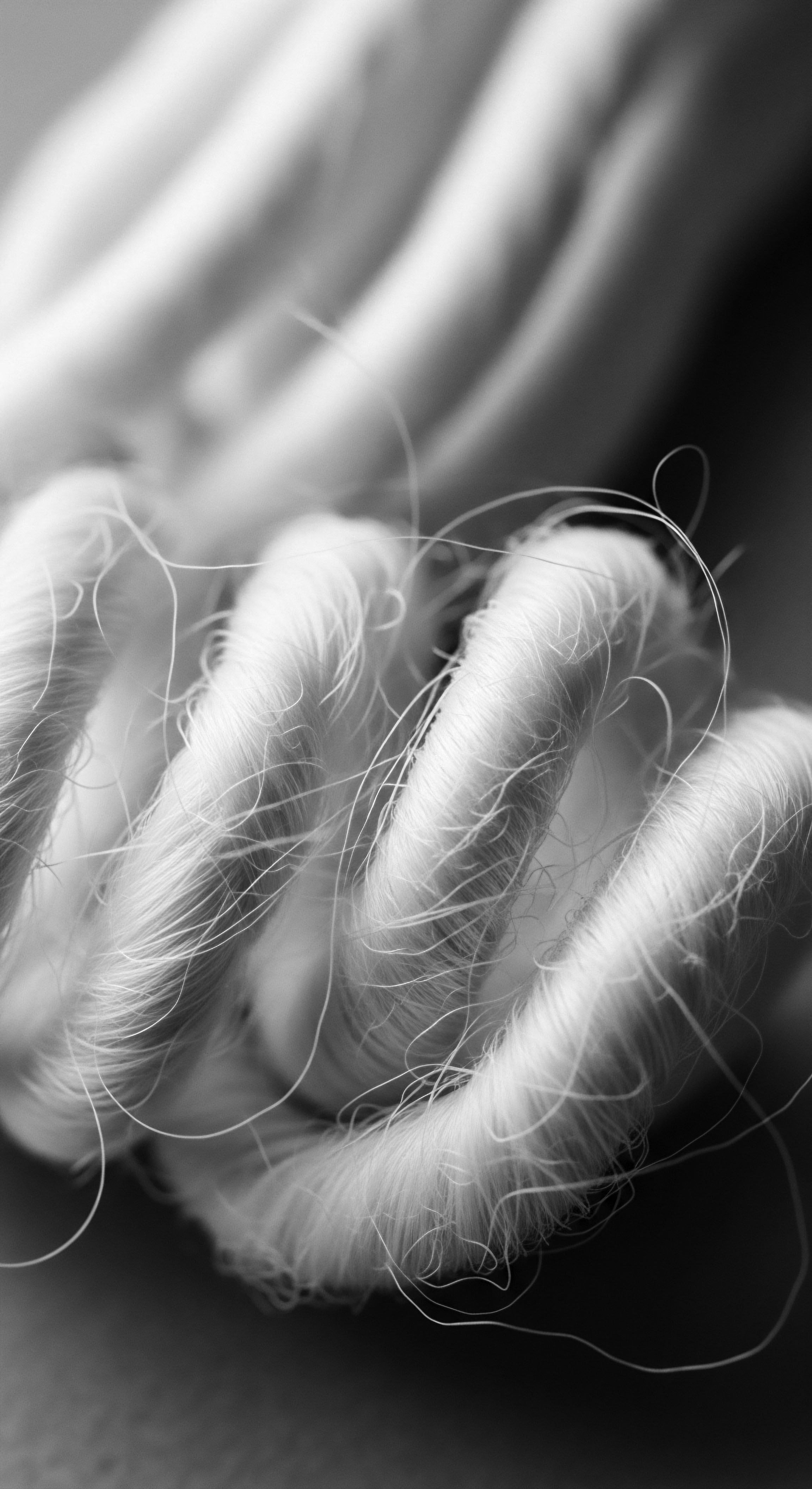
Academic
The academic delineation of Follicle Regeneration transcends a mere biological description; it is an exhaustive exploration of the molecular pathways, cellular interactions, and epigenetic influences governing the cyclical renewal of hair-producing structures. This complex biological mechanism, fundamentally conserved across human populations, acquires specific relevance and profound implications when examined through the lens of textured hair, particularly within Black and mixed-race communities. Here, the interpretation of Follicle Regeneration must consider not only intrinsic genetic predispositions but also the historical and socio-cultural stressors that have shaped follicular health over centuries. The very substance of this process is illuminated by a rigorous scientific and historical inquiry.
At its core, Follicle Regeneration is orchestrated by a specialized population of Hair Follicle Stem Cells (HFSCs) residing within the bulge region of the outer root sheath. These quiescent cells activate in response to specific signaling cues, initiating a cascade of events that drive the anagen phase. Key molecular players, including Wnt/β-catenin, Sonic Hedgehog (Shh), and Bone Morphogenetic Proteins (BMPs), form an intricate regulatory network, dictating cell proliferation, differentiation, and migration.
The precise interplay of these signals ensures the precise architectural formation of a new hair shaft and its emergence from the scalp. This sophisticated biological blueprint underscores the profound potential within each follicle.
However, the optimal functioning of this regenerative machinery is profoundly susceptible to environmental perturbations and chronic physiological stressors. Chronic inflammation, for instance, a state often characterized by elevated levels of pro-inflammatory cytokines such as TNF-α and IL-6, can directly inhibit HFSC activation and disrupt the delicate balance of the hair cycle, prematurely inducing telogen. Similarly, oxidative stress, an imbalance between reactive oxygen species and antioxidant defenses, can damage follicular cells and DNA, further impeding regeneration. For individuals with textured hair, the historical exposure to specific hair care practices and environmental conditions warrants a particular examination of these factors.
Follicle Regeneration, a complex symphony of molecular signals and stem cell activity, is profoundly impacted by chronic inflammation and oxidative stress, conditions historically exacerbated for textured hair through environmental and product exposures.

Interconnected Incidences ❉ The Impact of Historical Practices on Follicular Integrity
The legacy of hair care within Black and mixed-race communities, often a response to prevailing societal norms and limited product accessibility, has historically presented unique challenges to follicular health. The widespread use of harsh chemical relaxers, particularly during the mid-20th century, provides a poignant example of an interconnected incidence impacting Follicle Regeneration. These chemical formulations, designed to permanently alter the disulfide bonds within the hair shaft, frequently caused chemical burns, scalp irritation, and chronic inflammation. This persistent inflammatory state, as academic research now corroborates, can lead to irreversible damage to the hair follicle, resulting in conditions like Central Centrifugal Cicatricial Alopecia (CCCA).
A significant study by Khumalo et al. (2007) highlighted the prevalence of CCCA, a scarring alopecia predominantly affecting women of African descent, and posited a strong association with chemical relaxer use. The findings suggested that the chronic inflammatory response induced by these chemicals could lead to the destruction of the hair follicle stem cell niche, thereby permanently impairing Follicle Regeneration in affected areas.
This specific historical example provides a robust, data-backed illumination of how external practices, born from complex social pressures, directly influenced the biological capacity for hair renewal within a specific heritage group. The data provides a powerful statement on the intersection of history and biology.
This phenomenon underscores a critical academic point ❉ the etiology of hair loss in textured hair populations is often multifactorial, involving not only genetic predispositions but also the cumulative impact of historical grooming practices and environmental exposures. The constant tension from tight braiding or weaving, while protective in intent, could also contribute to traction alopecia, a condition where persistent pulling on the hair shaft damages the follicle over time, reducing its regenerative potential. The long-term consequences of such practices demand a nuanced, historically informed understanding.
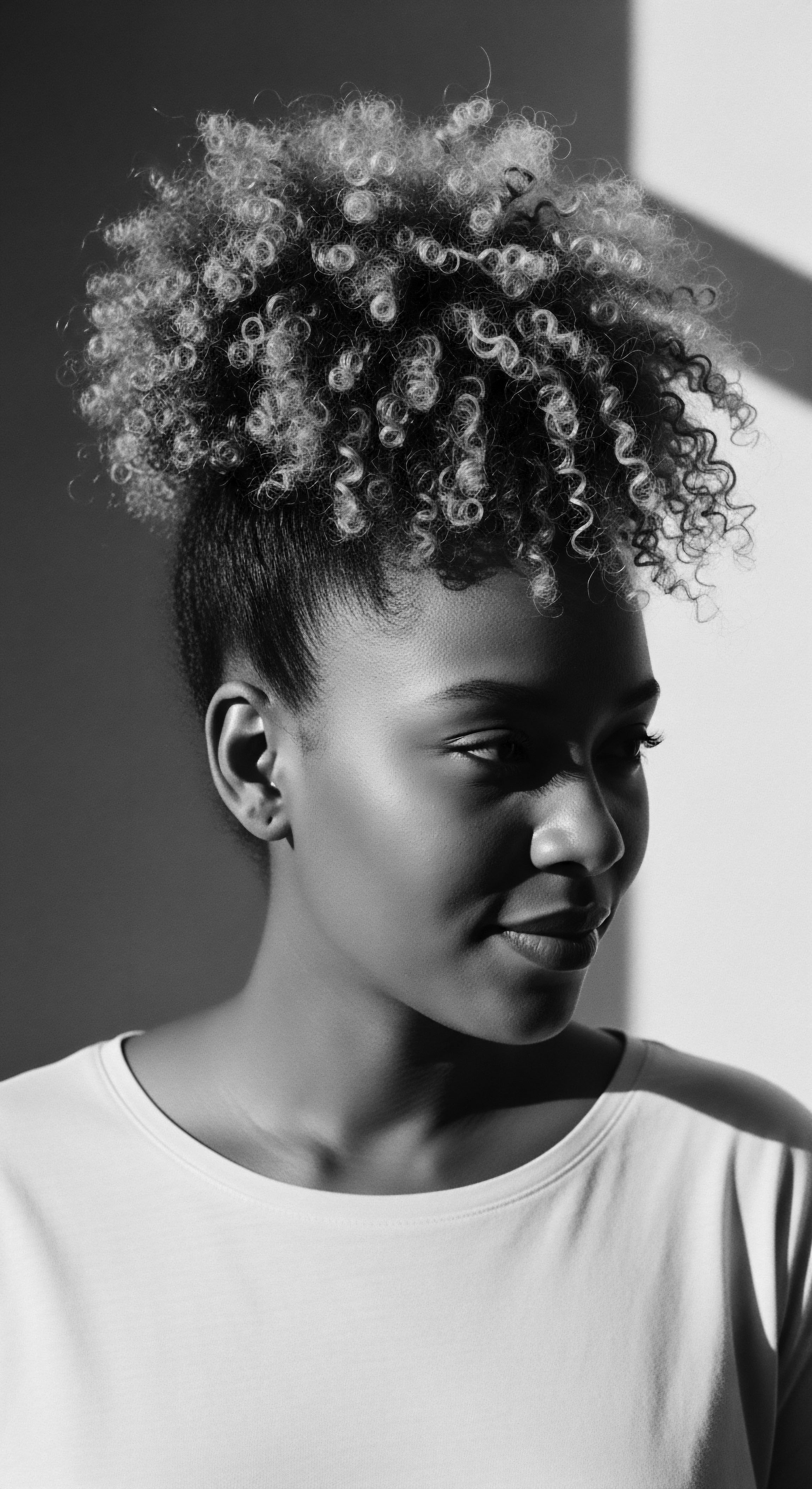
Ancestral Wisdom and Modern Validation ❉ A Path to Revitalization
Paradoxically, many ancestral hair care practices, passed down through generations, offer a powerful counter-narrative, often aligning with contemporary scientific understanding of follicular health. The emphasis on gentle manipulation, scalp massage, and the application of botanical extracts like fenugreek (Trigonella foenum-graecum) or amla (Phyllanthus emblica) is particularly insightful. Fenugreek, for instance, has been used for centuries in traditional Indian and North African medicine for hair growth. Modern phytochemical analyses reveal its richness in flavonoids, saponins, and alkaloids, compounds with documented anti-inflammatory and antioxidant properties.
Research indicates that these botanicals can modulate inflammatory pathways and reduce oxidative stress on the scalp, thereby creating a more conducive microenvironment for HFSC activity and sustained Follicle Regeneration. The explication of these traditional methods through a scientific lens reveals not just ancient remedies but sophisticated, intuitive dermatological practices. The substance of this ancestral knowledge provides a potent foundation for modern approaches.
The implications for understanding Follicle Regeneration in textured hair are profound. It suggests that a return to, and scientific validation of, traditional, gentle, and nourishing practices holds significant promise for promoting follicular health and mitigating the effects of historical damage. This means prioritizing scalp health, minimizing chemical and heat exposure, and incorporating botanicals known for their regenerative and anti-inflammatory properties. The ongoing success in fostering healthy hair growth in textured hair communities is increasingly tied to this integrated approach, honoring both scientific advancement and inherited wisdom.
The enduring spirit of resilience, a hallmark of Black and mixed-race heritage, finds its parallel in the follicle’s persistent drive to regenerate. Understanding this intricate dance of biology and history provides not only academic insight but also a profound sense of connection to the past, shaping a more vibrant future for textured hair.
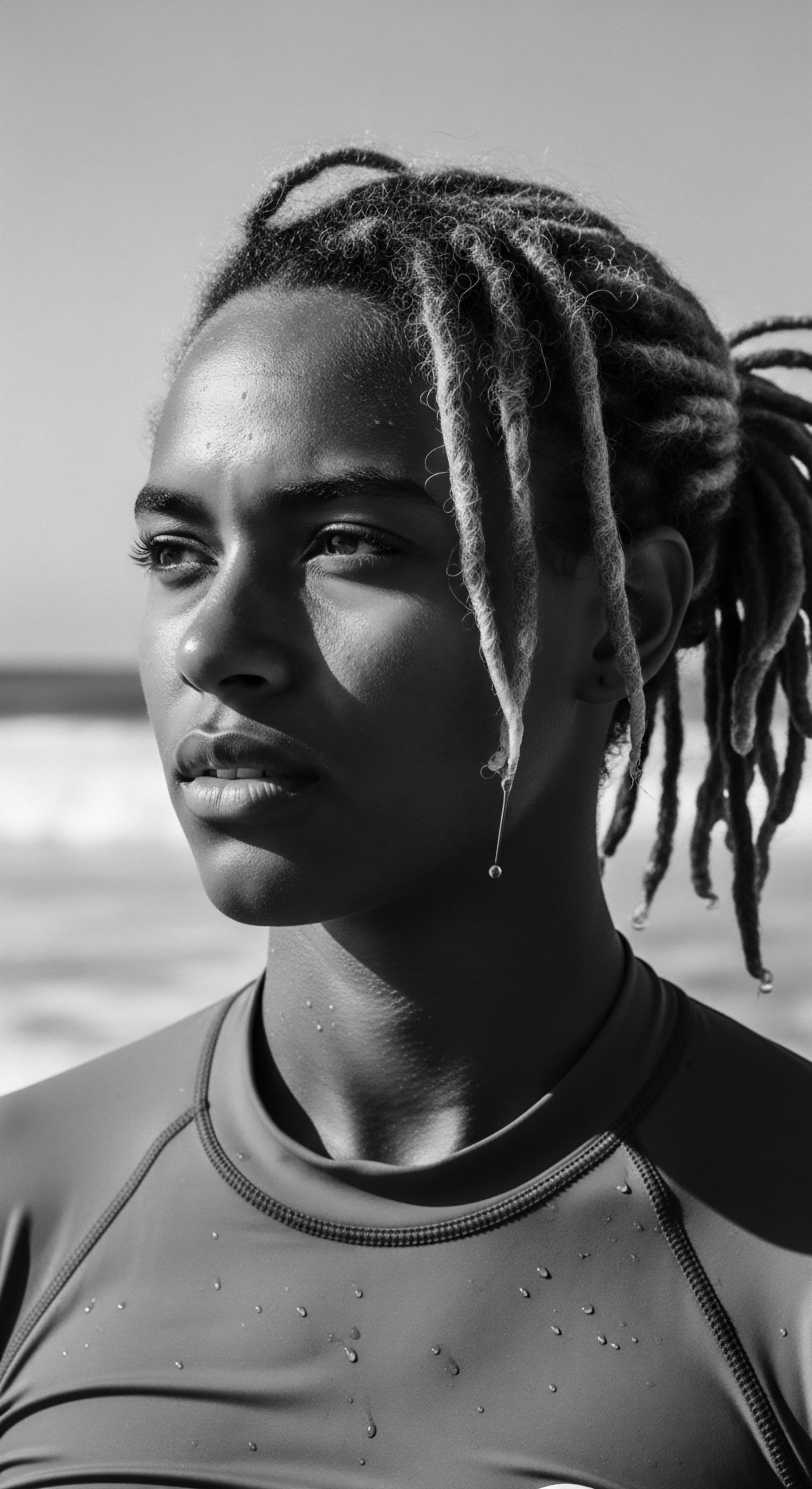
Reflection on the Heritage of Follicle Regeneration
The story of Follicle Regeneration, as it unfurls within the context of textured hair, is far more than a biological phenomenon; it is a profound meditation on endurance, a living testament to the ancestral wisdom that has flowed through generations. It is the silent, persistent hum beneath every coil, curl, and wave, a whisper of resilience carried forward from the hearths where hair was cared for with intentionality and reverence. The enduring significance of this process is not merely in the sprouting of new strands, but in the unbroken chain of identity and self-possession that hair has always represented for Black and mixed-race peoples.
From the ancient riverbanks where botanicals were gathered for their life-giving properties, to the intimate spaces where mothers and daughters shared secrets of scalp health, the understanding of nurturing hair from its very root was inherent. This collective consciousness around care, this inherited knowledge of supporting the hair’s natural inclination to renew, forms the very soul of a strand. It speaks to a profound connection to the earth, to community, and to self. The journey of Follicle Regeneration, then, is a journey of reclaiming and honoring this deep heritage, acknowledging the ingenious ways our ancestors understood and supported their hair’s innate vitality.
As we gaze upon the future of textured hair care, the understanding of Follicle Regeneration compels us to look backward, to the wellspring of wisdom that offers potent guidance. It reminds us that true progress often lies not in abandoning the past, but in illuminating its truths with modern light. The regenerative capacity of our follicles, a biological marvel, mirrors the regenerative spirit of our communities – always seeking growth, always finding renewal, always celebrating the unbound helix of our shared identity. This ongoing dialogue between science and ancestral practice offers a path forward, one that celebrates the enduring beauty and strength of textured hair, rooted deeply in its vibrant heritage.
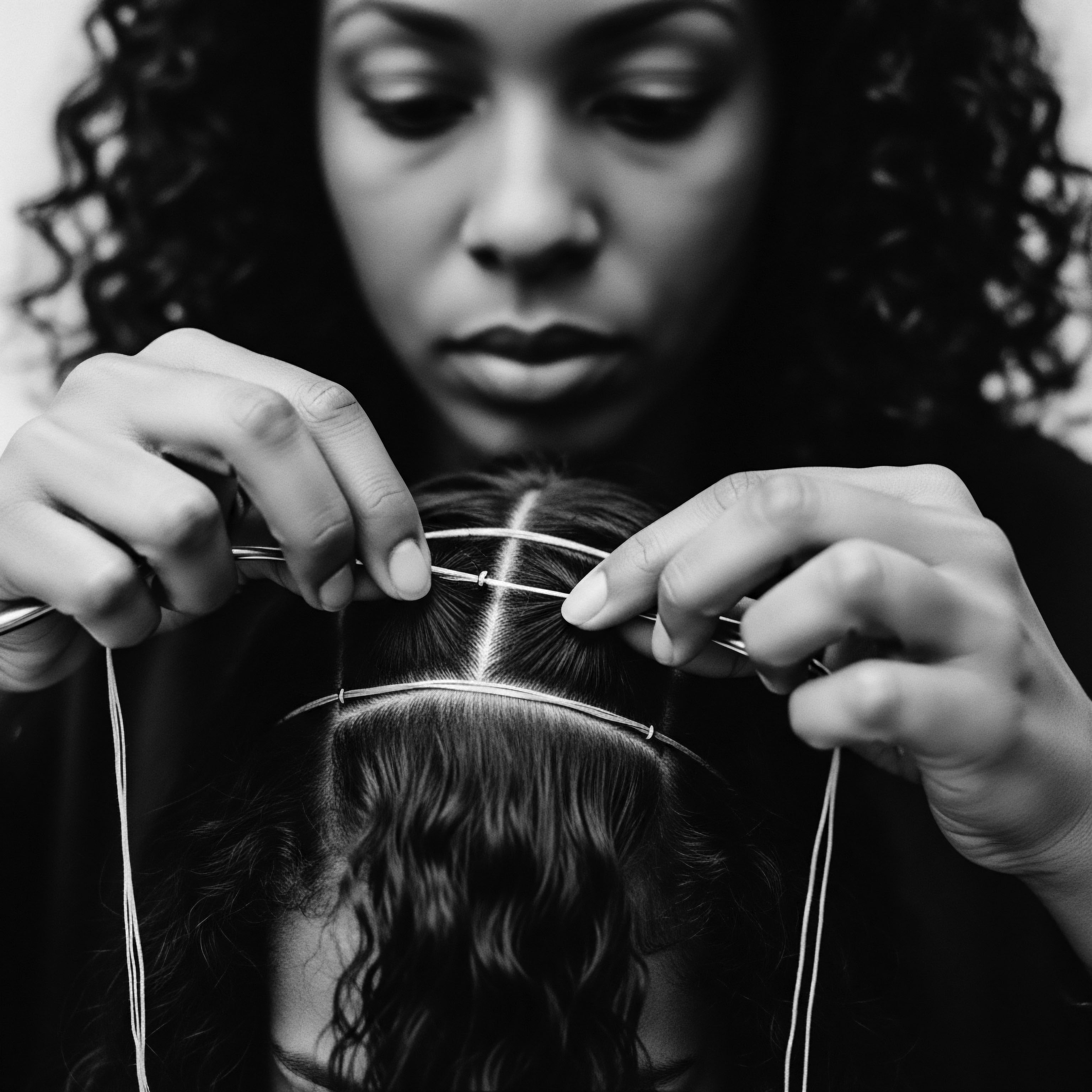
References
- Khumalo, N. P. Gumedze, F. & Ngwanya, R. M. (2007). Central centrifugal cicatricial alopecia ❉ the clinical and histological spectrum. Journal of the American Academy of Dermatology, 57(3), 503-507.
- Adel, A. A. & Al-Zoubi, A. (2018). The effect of fenugreek extract on hair growth and hair loss. International Journal of Research in Pharmacy and Pharmaceutical Sciences, 3(2), 1-4.
- Randall, V. A. (2008). Hormonal regulation of hair follicles ❉ A two-edged sword. The Journal of Investigative Dermatology, 128(10), 2329-2331.
- Tobin, D. J. (2006). Biochemistry of the hair follicle. Journal of Investigative Dermatology Symposium Proceedings, 11(1), 1-12.
- Draelos, Z. D. (2010). Hair Cosmetics ❉ An Overview. Journal of Cosmetic Dermatology, 9(4), 273-277.
- Okereke, C. (2017). Natural Hair Care ❉ A Journey of Self-Acceptance. Afrocentric Publishing.
- Garrison, V. (2004). The Hair Story ❉ Untangling the Roots of Black Hair in America. St. Martin’s Press.
- Porter, E. (2007). The Beauty of the Curl ❉ A Comprehensive Guide to Natural Hair. Amistad.
- Burg, D. (2015). Hair ❉ A Cultural History. Bloomsbury Academic.
